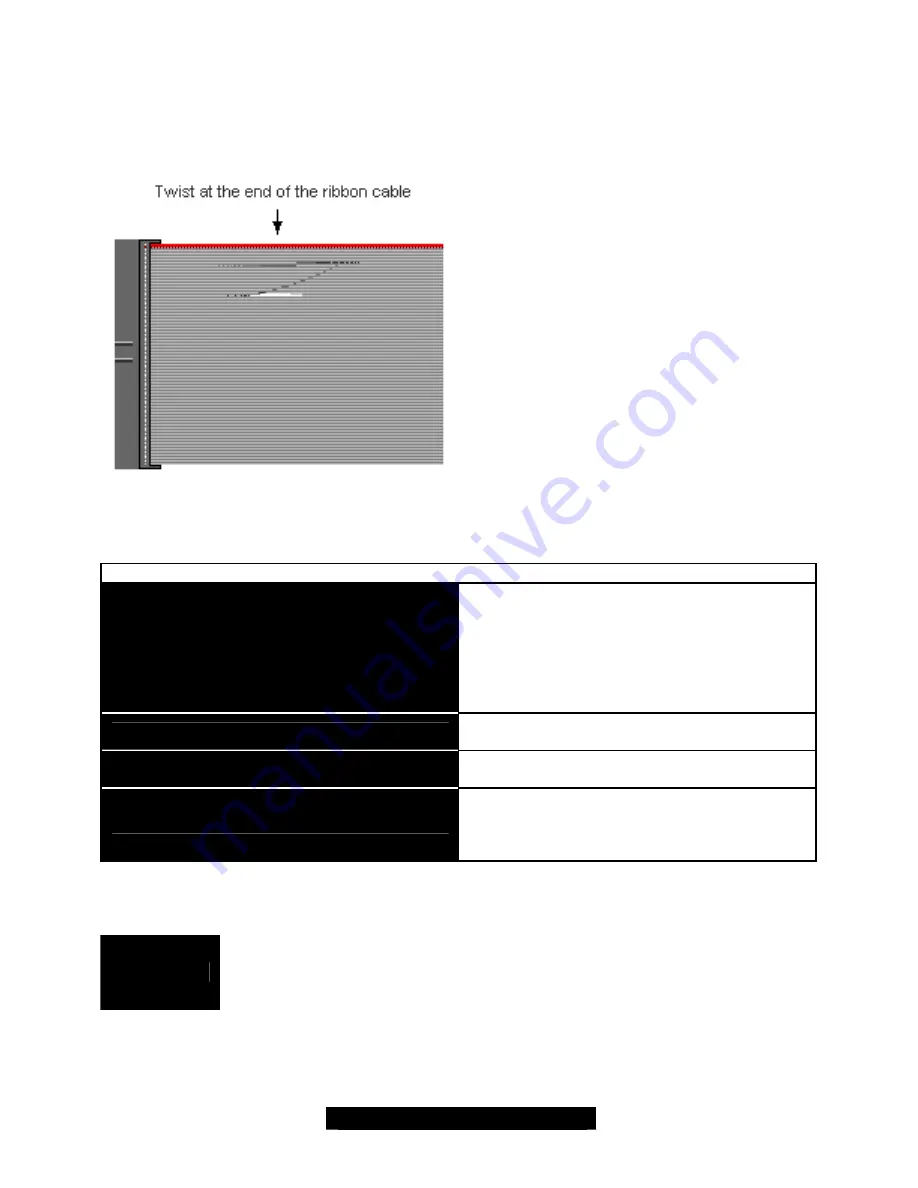
18
http://www.tyan.com
Floppy Drives
Attaching floppy diskette drives are done in a similar manner to hard drives. See the picture below
for an example of a floppy cable. Most of the current floppy drives on the market require that the
cable be installed with the colored stripe positioned next to the power connector. In most cases,
there will be a key pin on the cable which will force a proper connection of the cable.
The first floppy drive (sometimes denoted as
A:
) is usually attached to the end of the cable
with the twist in it. Drive B: is usually connected
to the second or third connector in the cable
(the second or third connector after you install
Drive
A:
).
Refer to your floppy drive’s installation
instructions (if available), or contact your dealer
if you are unsure about how to attach the
floppy drive(s). Remember, you can only have
2 floppy drives connected at any given time.
Below are some symptoms of incorrectly installed floppy drives. While they are minor and
installing them incorrectly doesn’t cause severe problems, it may cause your system to freeze or
crash when trying to read and or write to disks.
Symptoms of incorrectly installed floppy drives
Drive is not automatically detected
Usually caused by faulty cables, cables put in
backwards or a bad floppy drive or
motherboard. Try another floppy drive to verify
the problem if the cable is properly installed or
try replacing the actual cable. Also check to
see if the onboard floppy controller is enabled
in the BIOS setup.
Drive Fail message at bootup
The cable, floppy drive or motherboard may be
faulty. Try another drive or cable to verify.
Drive does not power on
Check power cable and cabling. Maybe a bad
power supply or drive cable problem.
Drive activity light is constantly on
Usually signifies that the cable on the drive is
on backwards, which is a common issue.
Reverse the cable at the floppy drive end and
try again.
NOTE
Before continuing onto section
2.16 – Connecting External Devices
, make sure
everything is properly connected. Things like jumpers and case wiring are the
most common causes of troubleshooting frustrations, both for the end-user and
for any company doing technical support.















































